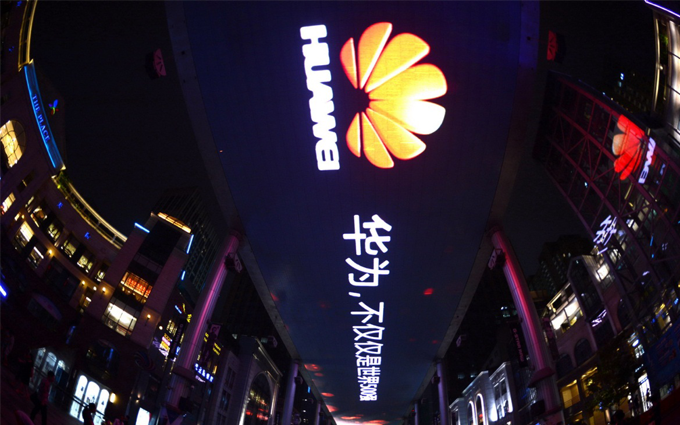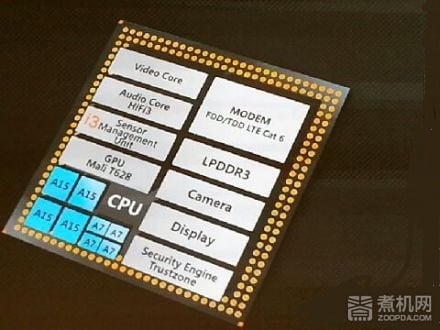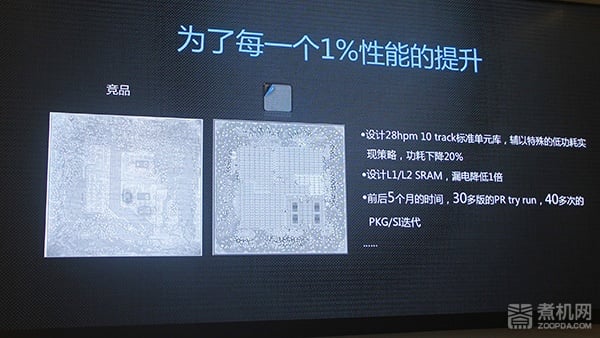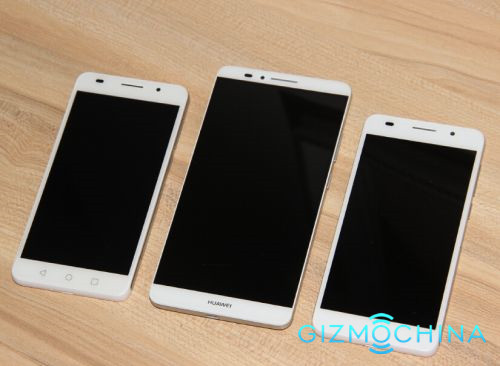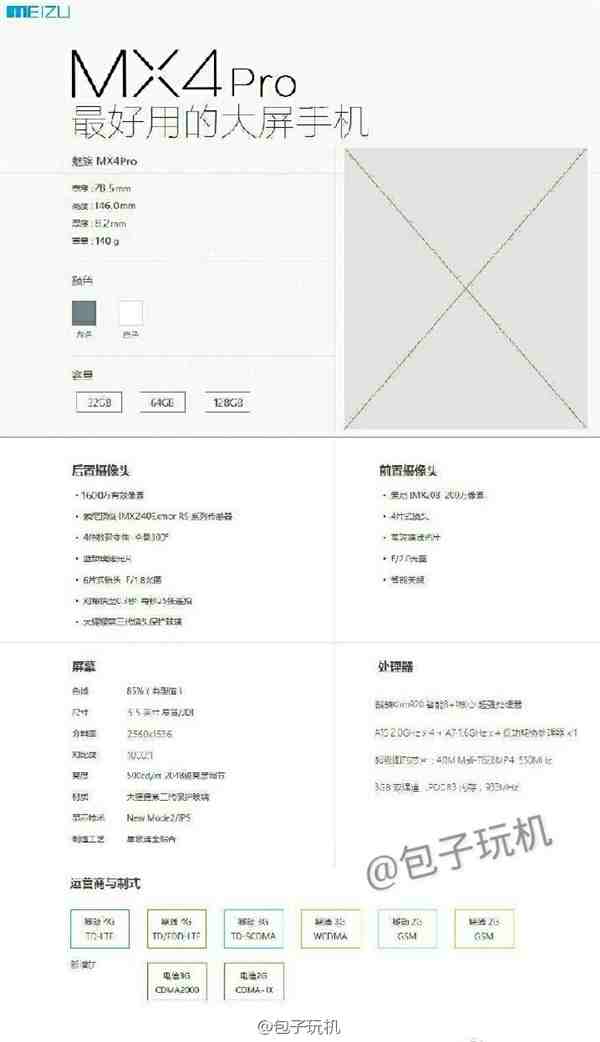The other day, Huawei held a launch event for the Kirin 920. It was not a launch for a cell phone but for a computer chip, the first time that Huawei ever did so. It looks like Huawei has been very proud of the newest member of its family. Since its launch, many articles have been written about it, but none have gotten down to the truth about it. Here, we will analyze it.
I. The K3V2 Tragedy
There is a long history behind HiSilicon but it has always made computer chips for things such as telecommunication devices and DVRs. It is Huawei’s factory for its devices’ features. K3 smart phones were already made years ago but these were only fakes.
HiSilicon only received recognition at the Barcelona Computer Expo where Yu Chengdong brought out the Huawei D1Q, the first quad-core cell phone to be formally released in the entire world. Its chipset was HiSilicon’s K3V2, which at the time caused a sensation.
The K3V2 is a classic AP. At the time, the quad-core A9 was considered to be the best but GPUs were in a mess. Each company followed their own standards. Apple liked the PowerVR, Samsung switched to Mali, Qualcomm traded AMD for Adreno, and HiSilicon chose Vivante.
HiSilicon came later than the others. Before the Vivante, it only used marvel. The ZTE U880 which used marvel suffered compatibility problems with its games. The K3V2 was no exception. Game incompatibility became a problem.
A more serious problem, though, was craftsmanship. High power consumption and overheating caused by its 40nm craftsmanship caused the K3V2 to experience underclocking.
II. A turning point: The Kirin 910
The failure of the K3V2 did not mean that HiSilicon was going back to their old products. On the frequency band front, they created the Balong chip which supported 2G, 3G, and 4G, which was not easy.
Even powerful chips like those of Samsung and advanced ones like those of NVIDIA and Intel suffered setbacks when it came to 4G band. NVIDIA was one of the first to purchase it but its products could not use 4G. Intel’s acquisition of Infineon was not yet complete.
For the K910, HiSilicon integrated the Balong chip with its AP. It’s only competitor was MTK. The K910’s performance surpassed that of the MTK 6589 and was close to Qualcomm’s Snapdragon 600.
It’s important to mention that the K910 was not just an AP and BB integration, but that it was also integrated into Altek’s ISP, which produced great results.
The K910 became an SOC that should not be taken lightly.
III. Rising like a Phoenix: The Kirin 920
Let’s take a look at the schematic of the Kirin 920 which has already become a very integrated SOC. Besides computer processors, frequency band chips, and GPUs, the Kirin 920 also integrated audio chips, video cores, ISPs, and a coprocessor (similar to the Apple’s M7). This chip can almost do anything.
As for its specifications, whether it’s its CPU, GPU, and others being one of the best in the world, there is plenty of reasons for HiSilicon to be proud.
Everyone knows that ARM’s A15 has experienced problems related to power consumption. The performance is good but consumes too much power. Many phones that use this chip may experience overheating, whether its NVIDIA or Samsung.
HiSilicon has made some improvements on the A16. Although it’s still not as good as Qualcomm and Apple’s cores, it’s no longer the simple free ARM version. They also improved the CPU’s and cache’s design. They also effectively integrated telecommunication technology into the chip. The powerpoint shows the results (the product still needs to be measured precisely).
The improvements have been enough to make Huawei confident enough to hold a launch event for the Kirin 920.
III. HiSilicon’s future
According to some reports, HiSilicon has already been given its ARM’s highest authorization, meaning that just like Apple and Qualcomm, HiSilicon’s future consists of being under ARM and that it may also design its own CPU.
After enduring two years of criticism and mockery, things are finally looking up for HiSilicon. From the K3V2 tragedy, to K910 surpassing MTK’s low-end chps, and the K920 becoming one of the best in the industry, how will things go for the K930 and 940?

